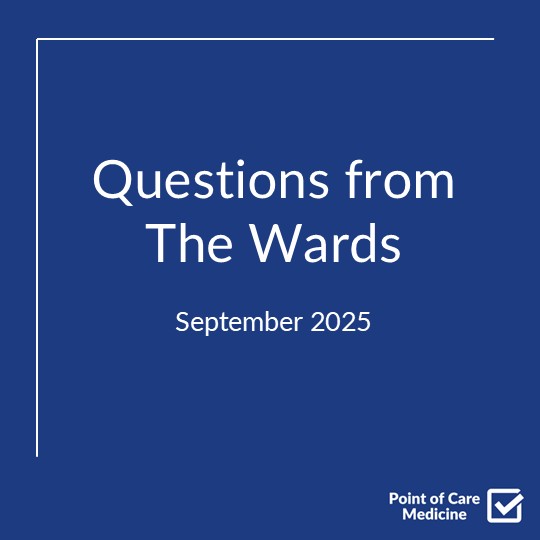Audio
Video
Introduction
Febrile neutropenia is a medical emergency that requires prompt recognition and treatment. By following these essential tips and clinical pearls, you can ensure the best possible outcomes for your patients with cancer.
1. Definition of Neutropenic Fever
Neutropenic Fever is defined as a temperature greater than 100.4°F with an absolute neutrophil count (ANC) less than 500 cells/μL or the expectation that the ANC will drop below 500 cells/μL within 48 hours.
Calculate the ANC by multiplying the white blood cell (WBC) count by the percentage of neutrophils on the differential blood count.
2. The Golden Hour
The management of febrile neutropenia requires urgent evaluation and medical attention with administration of antibiotics within 1 hour of presentation. Delays in antibiotic administration are associated with worse outcomes.
Empiric antibiotics are the standard of care and significantly reduce morbidity and mortality in patients with febrile neutropenia.
Always consider the patient's specific history, symptoms, risk factors, and institutional antibiotic susceptibility patterns to guide therapy.
3. Infectious Sources are Often Unidentified
Only 30% of cases identify an infectious source, with 40% being gram-negative rods (GNRs) and 60% being gram-positive cocci (GPCs).
GNRs, especially Pseudomonas aeruginosa, can cause rapid deterioration.
GPCs are commonly from lines and mucositis.
4. Look Out for Fungal Infections
Fungal infections are more likely with prolonged ANC less than 500 cells/μL, previous antibiotic use, and total parenteral nutrition (TPN) use (however recent literature suggests TPN is not as much of a risk factor as previously thought)
Voriconazole or posaconazole is preferred for empiric coverage of possible disseminated fungal infection.
5. Avoid Digital Rectal Exams (DREs)
Never do a DRE on patients with neutropenic fevers to prevent translocation of intestinal bacteria.
6. Be Aware of Daptomycin Limitations
Daptomycin is inactivated by pulmonary surfactant and is not useful for pulmonary infection.
7. Understand Risk Factors for Pneumocystis jirovecii Pneumonia (PJP)
CD4 counts below 200 or steroids of approximately 20mg/day prednisone equivalent for 2-4 weeks can increase the risk for PJP.
The risk persists for 3-6 months after tapering steroids in chronically treated patients.
A CT chest has a high negative predictive value for PJP. If no characteristic ground-glass opacities (GGOs) are seen, PJP is very unlikely.
8. Utilize the 1,3-Beta-D-Glucan (BDG) Test
The 1,3-BDG test detects a cell wall polysaccharide unique to fungi and is useful for identifying fungal infections, including PJP, Aspergillus, Candida, and others.
It's sensitive but not specific for PJP, so it should raise concern for fungal infection in general.
9. Understand the Differential for Persistent Inpatient Fevers
If patients have ongoing fevers despite treatment and no identified source, additional work-up is needed. Consider CT scans, fungal markers, blood cultures, and antifungal therapy, especially for patients at high risk for mold infections.
Consider the wrong bug (viral, fungal, atypical), wrong drug, wrong process (non-infectious), lack of source control (abscess, endocarditis, indwelling line), or not enough time for fever resolution.
10. De-Escalation and Cessation of Antibiotics
If a bacterial pathogen is identified, once patients defervesce and are stable, de-escalate to narrower, targeted therapy.
The decision to stop antibiotics in stable, afebrile patients with neutropenic fever and no identified infection is controversial, and practices vary among centers.
Patients will often receive a fluoroquinolone until their ANC is greater than 500








.png)
